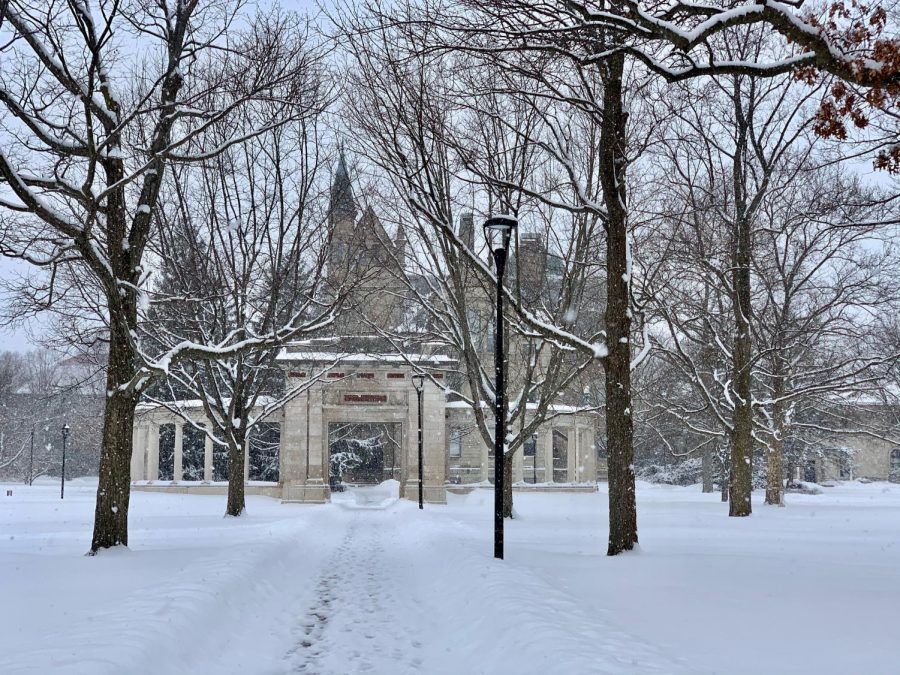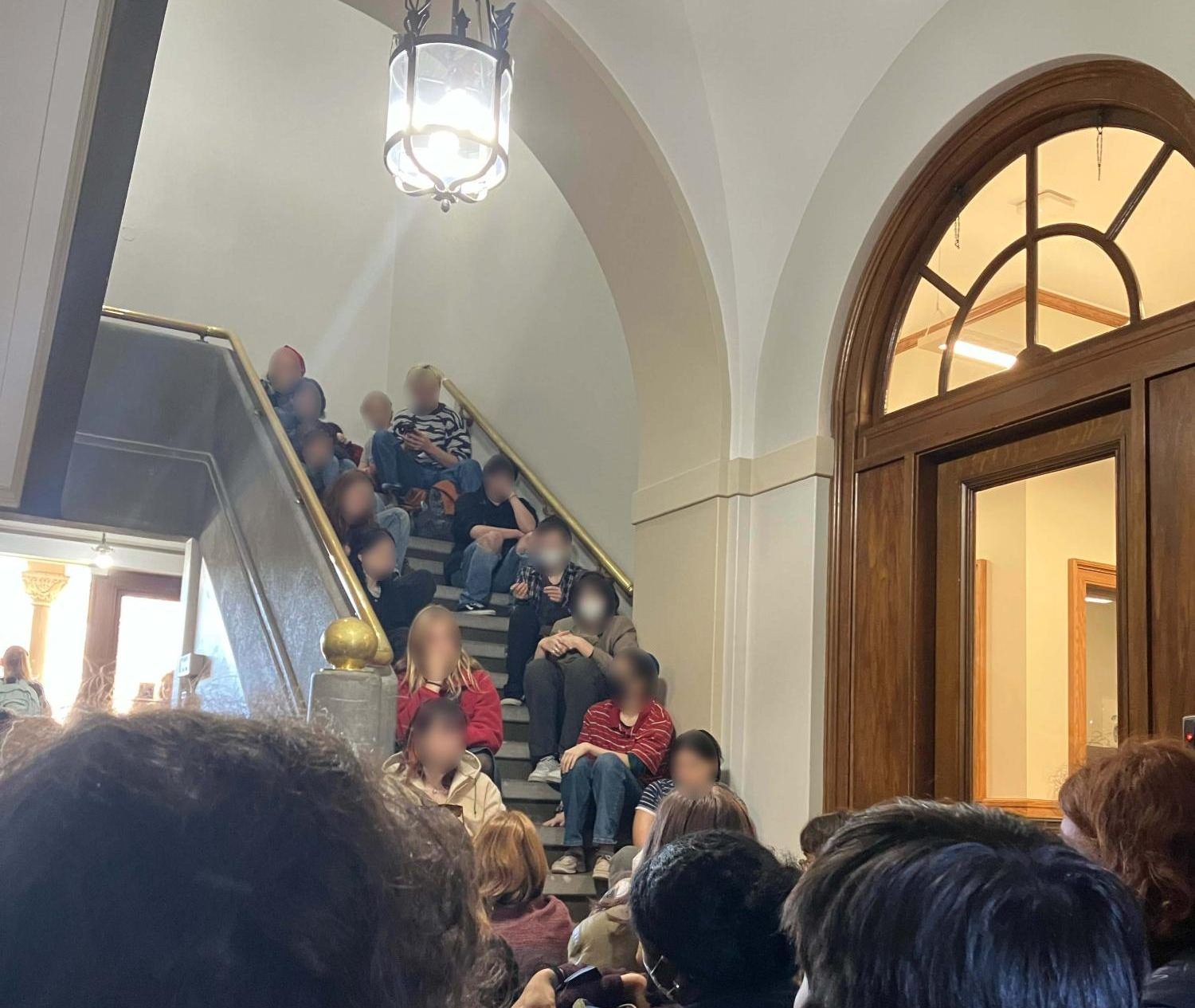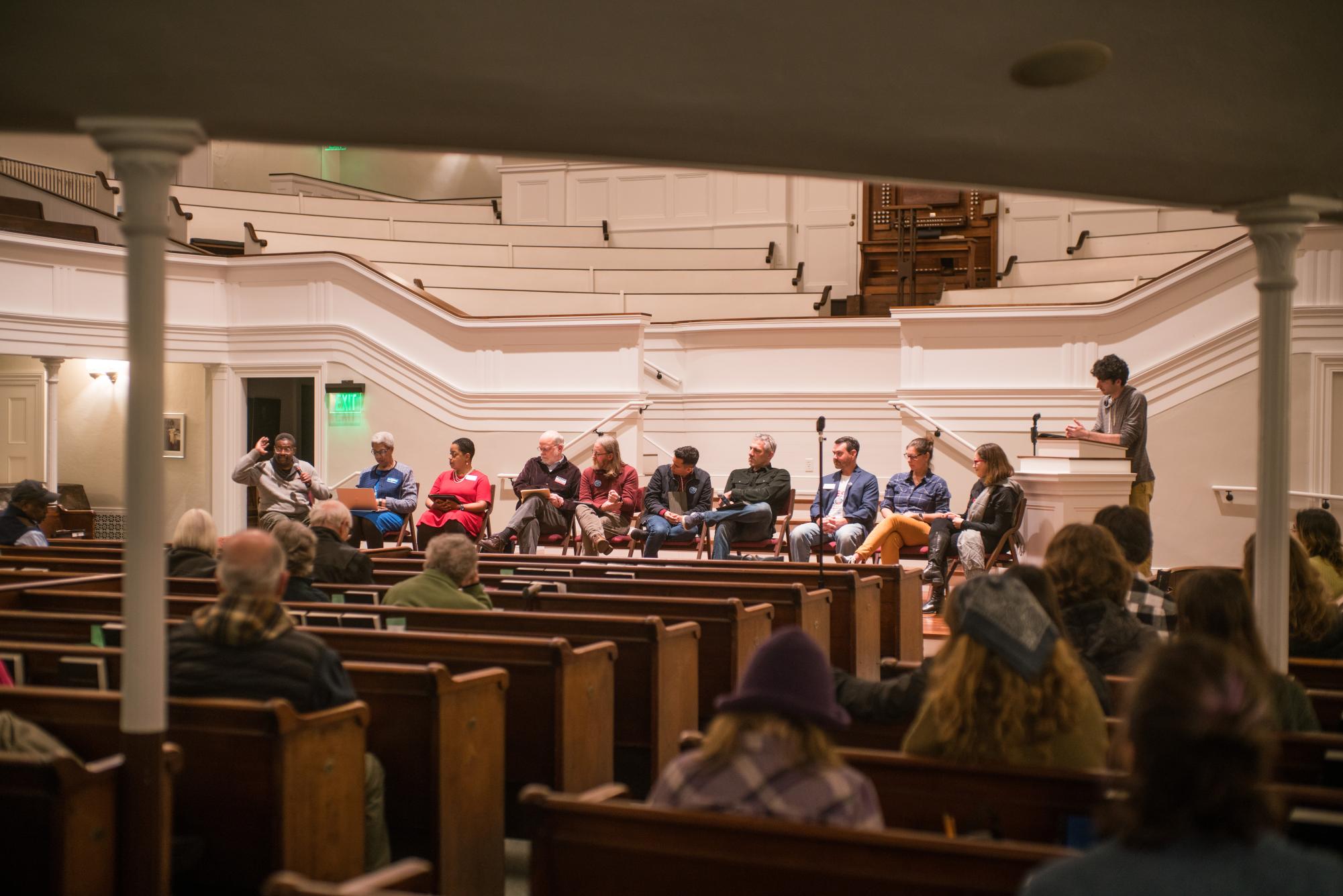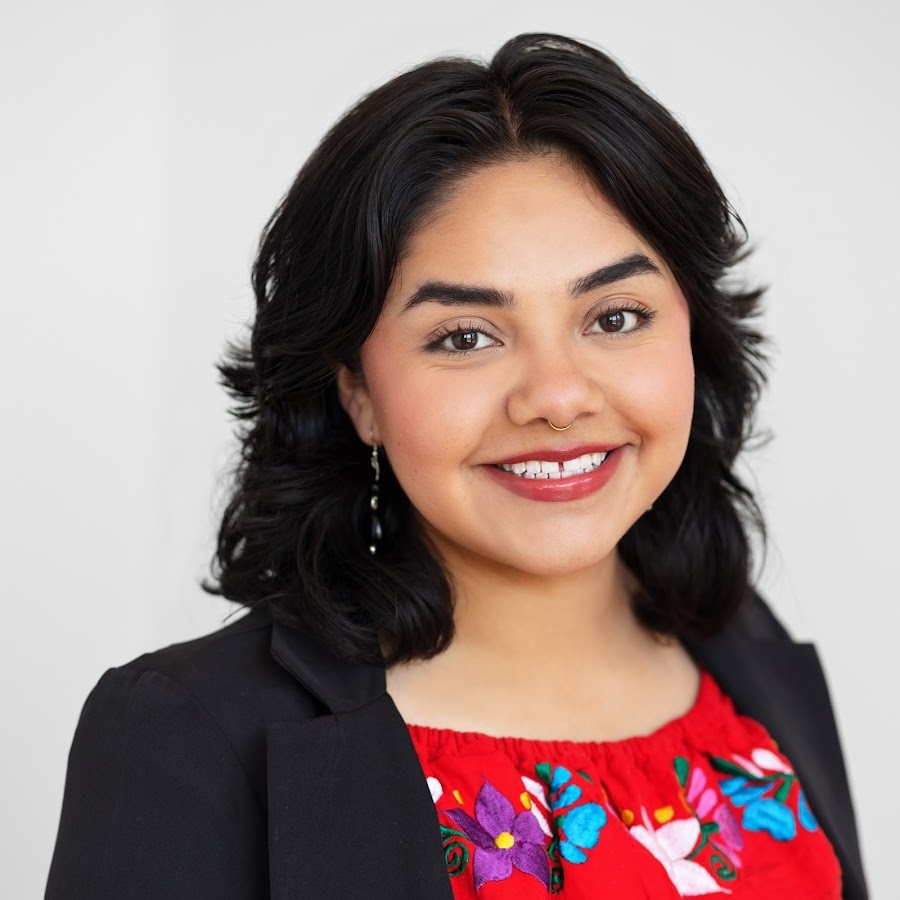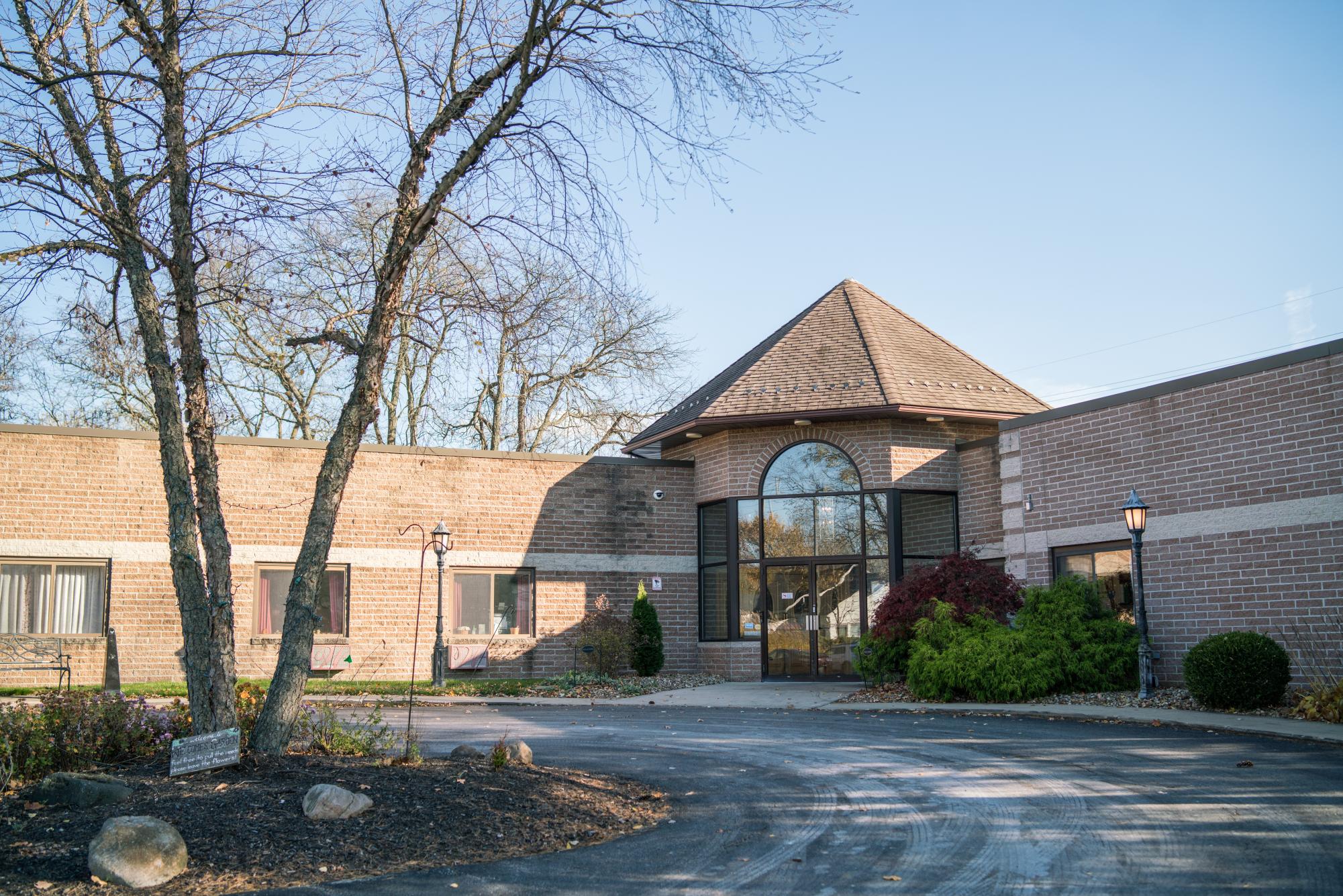One Oberlin Committee to Reconvene, Create Opportunities for Growth
The One Oberlin Report, released in 2019, recommended several plans to help Oberlin mitigate its structural budget deficit.
After the pandemic disrupted the implementation of the One Oberlin plan, the steering committee will now reconvene and resume its work this semester. The One Oberlin report was a series of recommendations designed to balance the College’s budget while Oberlin addresses its structural deficit. The report found that if the College did not take action, it would accumulate a $162 million deficit from 2018 to 2028.
“The pandemic hit, and the [One Oberlin Oversight and Advisory] Committee partly got put on hold as our attention turned to respond to COVID,” President Carmen Twillie Ambar said. “But in the meantime, we didn’t stop dealing with the One Oberlin initiative, and we’ve gotten many of those things done, even with the pandemic. So now it’s time for that committee to reconvene and much of its work will be to turn toward these new opportunities.”
In addition to guidance on cutting costs, One Oberlin also recommended a few new academic and co-curricular offerings. Some of the new opportunities that President Ambar looks forward to include the new integrative concentrations in Business and Global Health, strengthening career development, and creating more connection between the College and Conservatory curricula. Many of the financial reductions and reallocations in the One Oberlin plan have already been implemented, and going forward the committee will be asked to envision more opportunities for academic and cocurricular growth.
“There won’t be any new reductions beyond what’s sitting in One Oberlin right now,” President Ambar said. “One Oberlin has a series of reductions that go out for five years or so. We have not added anything else to that.”
Dean of the College of Arts and Sciences David Kamitsuka will continue to lead the Oversight and Advisory Committee, which includes both faculty and students. The committee’s work is complicated slightly since COVID-19 safety measures have created a one-time deficit to the College’s budget.
“The work of One Oberlin provided for a period of years of balanced budgets while the College explores innovations and strategies to ensure both educational excellence and long-term financial sustainability,” Kamitsuka wrote in an email to the Review. “As a result of the pandemic, we will need to hasten the pace of this important work. It is important that we bolster our enrollment in Arts & Sciences and enrich the student learning experience. This will require investments in a variety of educational and student success initiatives.”
College third-year Kofi Asare was a member of the One Oberlin Committee as a Student Senator last year and is especially excited about the Global Health concentration.
“I think this is important, as a pre-med student myself, because it allows for a more direct approach for students to take to navigate the path to medicine/pre-health careers easier than those might have in the past,” Asare wrote in an email to the Review.
Even while the College was implementing COVID-19 measures and developing an entirely new academic calendar, it did not put One Oberlin on hold entirely. This year, the College implemented the controversial recommendations to reduce costs through outsourcing unionized dining and custodial workers and to changing Oberlin Student Cooperative Association’s rent contract.
One recommendation that was paused due to COVID-19 was changing the ratio of College to Conservatory students. The One Oberlin report recommended that, over the course of four years, the College enroll 100 more students and the Conservatory enroll 100 fewer students, because College students pay higher tuition rates on average than Conservatory students.
After the pandemic disrupted college admissions, Oberlin put this shift on hold.
“Last year, given the increased uncertainty, both divisions looked to maximize their admissions offers to ensure a strong class,” wrote Vice President and Dean of Admissions and Financial Aid Manuel Carballo in an email to the Review. “While the pandemic impacted the 100 student shift last year, the long-term enrollment goal of One Oberlin remains, with the institution intending to adjust the mix of students.”
Another goal of the One Oberlin plan has been to increase awareness of Oberlin’s offerings to prospective students.
“The other thing for us to think about is: are there some areas in enrollment and in academic recruitment where we’re not realizing as much success as we think we should?” President Ambar said. “We think we’re really great in this academic area — why don’t other people see it the way we see it? I think that’s one of the things that we might spend some time on.”
Oberlin has been taking steps to bolster admissions efforts by adding an assistant vice president of admissions communications position. The College recently appointed current Vice President for Communications Ben Jones to serve in the role. This past admissions cycle, Oberlin offered scholarships to all new students that effectively cut tuition by $10,000. In the midst of another challenging year for college admissions, Oberlin appears to be faring well.
“Applications to the College are once again up, and I am confident that we will see another strong class joining us this year,” Carballo wrote. “We saw a 17 percent increase in applications this year — 47 percent [compared to] two years ago — with the strong work of the admissions staff really paying off. With continued support from the Oberlin community, we are looking forward to bringing in a strong class of 2025.”
The One Oberlin Oversight and Advisory Committee will resume its work in the coming weeks. According to Kamitsuka, the Committee is currently collecting additional data to assess next steps.


